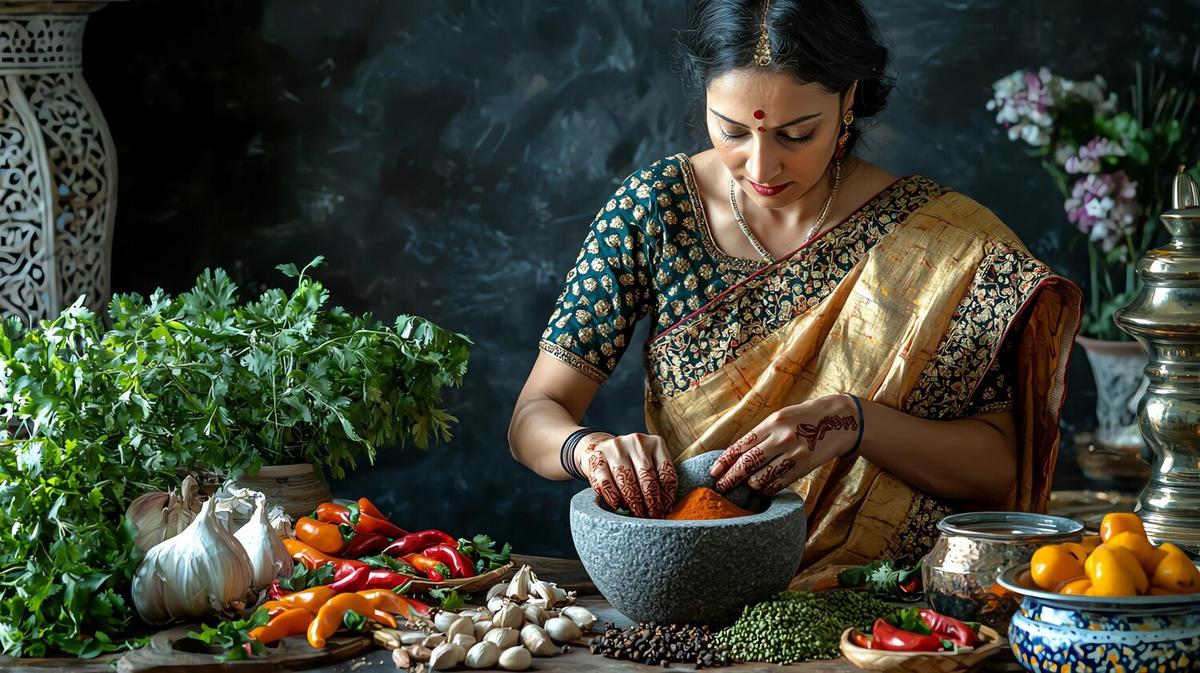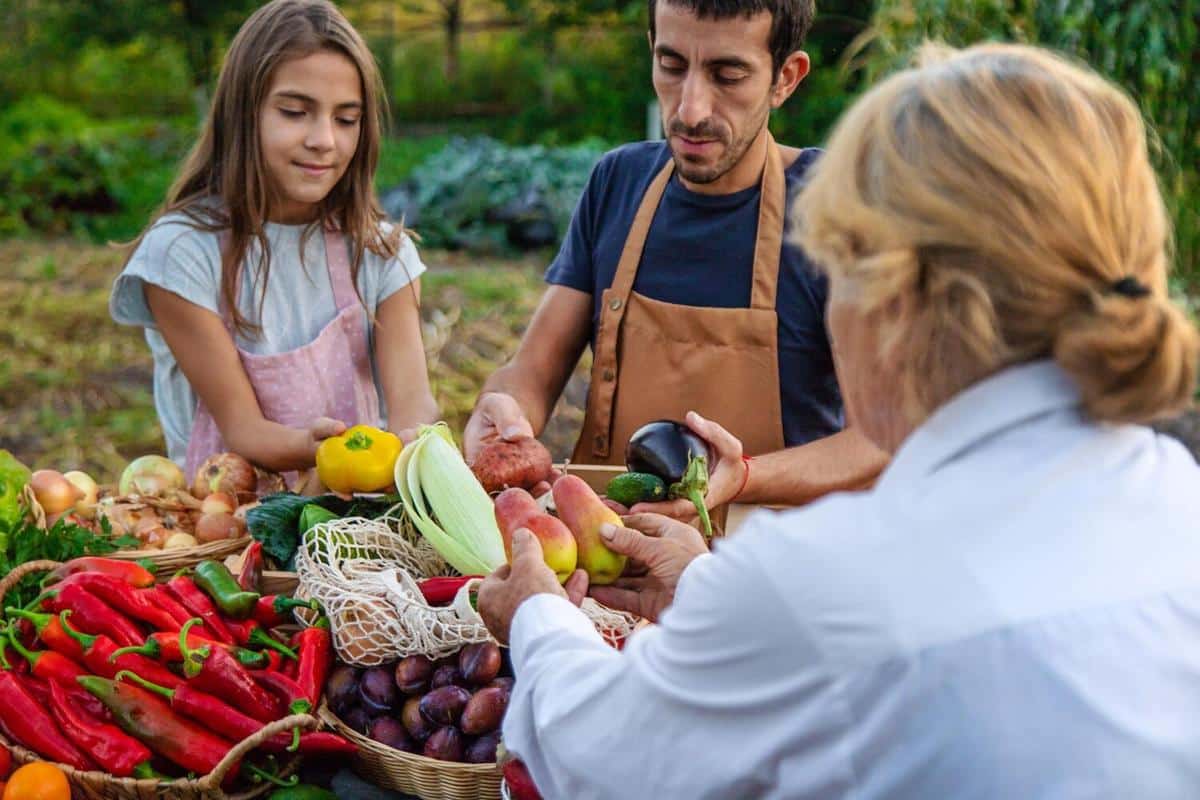
Spicy and Savory: The Bold Flavors of Indian Cuisine
Indian cuisine is a vibrant tapestry of bold flavors, combining spices and ingredients in ways that tantalize the taste buds and delight the senses.
The Richness of Indian Cuisine
Indian cuisine is renowned for its diverse use of spices and herbs, creating dishes that are both spicy and savory. This culinary tradition spans across the vast subcontinent, offering a plethora of regional specialties that cater to different palates. From the creamy curries of the North to the tangy and coconut-infused dishes of the South, there’s something for everyone to enjoy.
The Role of Spices
Spices are the heart and soul of Indian cooking. A study by the Food and Agriculture Organization revealed that India is one of the largest producers and consumers of spices globally. Commonly used spices include cumin, coriander, turmeric, and garam masala, each contributing unique flavors and health benefits. According to culinary expert Raghavan Iyer, “Spices in Indian cuisine are not just about heat; they bring depth and character to the dishes.”
Exploring Regional Variations
Each region in India offers its own distinctive dishes and flavors:
| Region | Specialty | Key Ingredients |
|---|---|---|
| North | Butter Chicken | Tomato, Butter, Cream |
| South | Masala Dosa | Rice, Lentils, Potatoes |
| East | Fish Curry | Mustard Oil, Fish, Turmeric |
| West | Pav Bhaji | Mixed Vegetables, Bread, Spices |
| Central | Dal Bafla | Lentils, Wheat, Ghee |
| North-East | Naga Curry | Bamboo Shoots, Pork, Ghost Pepper |
| West Bengal | Rasgulla | Milk, Sugar, Cardamom |
| Goa | Vindaloo | Pork, Vinegar, Garlic |
Personal Anecdotes
Growing up in a multicultural city, I was fortunate to experience a variety of Indian dishes at local festivals and family gatherings. I recall the first time I tasted a spicy Vindaloo; the heat was intense, yet the flavors were so well-balanced with vinegar and garlic that I couldn’t resist having more.
Actionable Tips for Cooking Indian Cuisine
- Start with a few basic spices such as cumin, coriander, and turmeric.
- Experiment with different regional recipes to find what suits your taste buds.
- Balance spices with creamy elements like yogurt or coconut milk to manage heat levels.
- Always toast spices to release their full aroma and flavor.
Consider using a spice grinder to freshly grind whole spices for a more aromatic and flavorful experience.
External Resources
For those interested in diving deeper, websites like Serious Eats offer comprehensive guides and recipes to elevate your understanding of Indian cuisine.
FAQs
What makes Indian cuisine unique?
Indian cuisine’s uniqueness lies in its extensive use of spices and regional diversity, offering a wide range of flavors and dishes.
How can I reduce the spiciness in a dish?
To reduce spiciness, you can add dairy products like yogurt or coconut milk to balance the heat.
Is Indian food healthy?
Many Indian dishes are rich in vegetables and spices that offer health benefits, but it’s essential to be mindful of portion sizes and cooking methods.
Conclusion
Indian cuisine is an exciting journey of flavors that combines spices and ingredients in a way that is both comforting and adventurous. Whether you’re a seasoned chef or a curious foodie, exploring the spice-laden world of Indian cooking can be a rewarding experience. So why not try your hand at a new recipe and bring the bold flavors of India into your kitchen?


